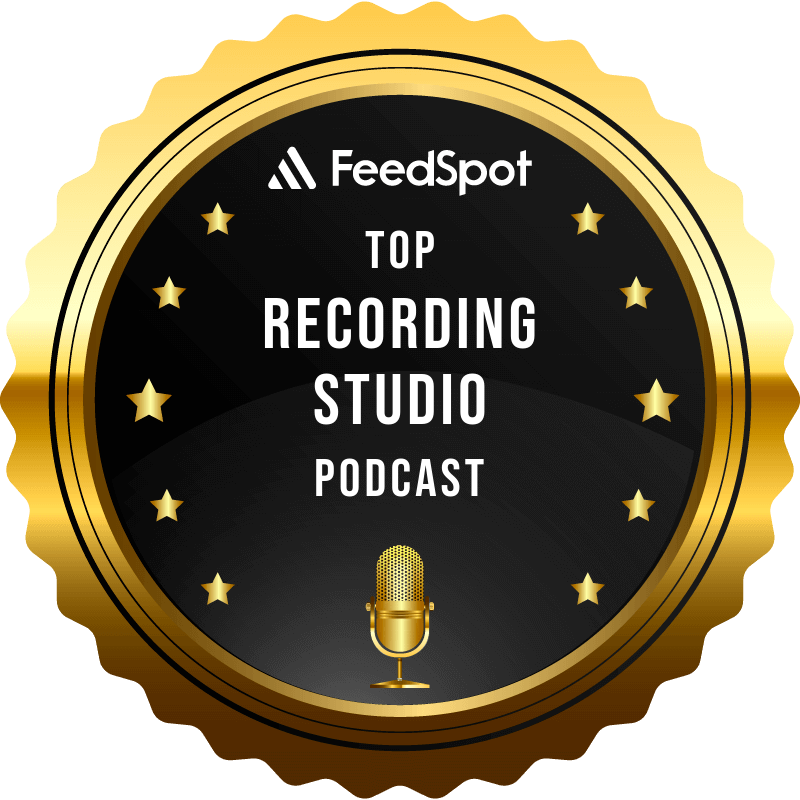The AMEK consoles have long been revered for their pristine sound, engineering brilliance, and unmistakable vibe. In this episode of Inside the Recording Studio, Chris and Jody dig deep into the history, technology, and emulation of this iconic piece of studio gear—specifically the Plugin Alliance AMEK 9099.
They’ll start with the console’s origin story: designed by legendary engineer Rupert Neve, the AMEK line hit studios with precision EQs, wide dynamic range, and a sound that became synonymous with clean, high-fidelity mixing in the late ’80s and ’90s. Then, they’ll turn to today: how faithfully does Plugin Alliance’s AMEK 9099 capture that heritage? Is it a perfect mirror of the original desk, or did the developers take liberties to modernize and extend its capabilities?
Chris and Jody compare hardware versus software—sharing their thoughts on what Plugin Alliance nailed, what feels different, and where the emulation shines (or stumbles). They’ll explore workflow, tone shaping, quirks that made the AMEK legendary, and even the little annoyances that come with translating a massive analog console into a plugin window.
As always, it’s not just gear worship—it’s real-world perspective. They discuss how the AMEK 9099 fits into home studio gear setups, how to apply its features in practical mixing scenarios, and when it might outshine your go-to channel strips. Along the way, you’ll pick up recording setup tips, insider commentary, and a few laughs at the quirks of both the original console and its modern software counterpart.
Whether you’re a die-hard analog purist, a plugin enthusiast, or someone curious about what makes AMEK so special, this episode is your backstage pass into one of recording history’s most respected consoles—and its digital reincarnation.
******************************
Gear we used:
Jody’s Mic & Voice Chain: Telefunken C12 – Groove Tubes Vipre – Apollo – UA Neve 1073 – UA LA2A – UA Studer A800
Jody’s Channel Strip: iZotope RX Spectral DeNoise – iZotope RX Mouth DeClick – UA Neve 1073 – UA LA2A – UA 1176E
Chris’ Mic & Voice Chain: Slate ML1 – Apollo – UA – Slate VMR (FG12, FG73, API Eq, SSL 4kE) – iZotope RX Voice – DeNoise
Chris’ Channel Strip: Eventide Precision Time Align – iZotope RX Spectral DeNoise – iZotope RX Mouth DeClick – UA Neve 1073 – UA LA2A – UA 1176E
Master: Oek Sound Soothe 2 – iZotope Ozone Imager – iZotope Ozone Maximize.
******************************
If you want to collaborate, sponsor a podcast, donate, or want us to review your product – contact us at: collaborate@insidetherecordingstudio.com


